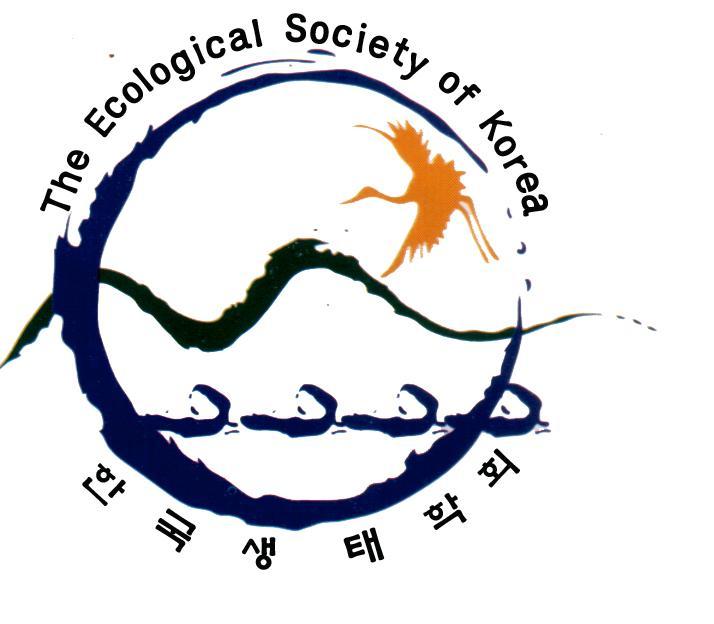- KOREAN
- P-ISSN2287-8327
- E-ISSN2288-1220
- SCOPUS, KCI
 ISSN : 2287-8327
ISSN : 2287-8327
Article Contents
- 2024 (Vol.48)
- 2023 (Vol.47)
- 2022 (Vol.46)
- 2021 (Vol.45)
- 2020 (Vol.44)
- 2019 (Vol.43)
- 2018 (Vol.42)
- 2017 (Vol.41)
- 2016 (Vol.39)
- 2015 (Vol.38)
- 2014 (Vol.37)
- 2013 (Vol.36)
- 2012 (Vol.35)
- 2011 (Vol.34)
- 2010 (Vol.33)
- 2009 (Vol.32)
- 2008 (Vol.31)
- 2007 (Vol.30)
- 2006 (Vol.29)
- 2005 (Vol.28)
- 2004 (Vol.27)
- 2003 (Vol.26)
- 2002 (Vol.25)
- 2001 (Vol.24)
Bioassessment of the quality of surface waters of the Chipoco River using indicators of epilithic diatoms in macrophytes from the mining district of Hidalgo, Mexico
Raúl Miranda-Aviles (Engineering Division, Department of Mines, Metallurgy and Geology, University of Guanajuato, Campus Guanajuato, Guanajuato 36000, Mexico)
Yuriko Jocselin Martínez Hernández (Department of Marine and Coastal Sciences, Universidad Autooma de Baja California Sur, La Paz 23080, Mexico)
Miren Yosune Miranda Puy (Department of Agrogenomic Sciences, National School of Higher Studies, Leon Unit, National Autonomous University of Mexico, Leon 3709, Mexico)
Gabriela A Zanor (Department of Environmental Sciences, Life Sciences Division, University of Guanajuato, Campus Irapuato-Salamanca, Irapuato 3655, Mexico)
Cristina Daniela Moncada Sanchez (Engineering Division, Department of Mines, Metallurgy and Geology, University of Guanajuato, Campus Guanajuato, Guanajuato 36000, Mexico)
Abstract
Background: In this research work, epilithic communities of diatoms in macrophytes are listed and described to evaluate the ecological conditions of the surface waters of the Chipoco River, whose basin has been exploited for agricultural and mining purposes, degrading natural ecosystems. The diatoms studied are found in calcareous tufa deposits developed in swampy environments where little of their benthic microbiota has been studied, despite the regional relevance of these calcareous formations within the manganese mining district. To describe the diatoms and evaluate the ecological condition of the surface waters, the Chipoco River was divided into three sectors (North, Center, and South) collecting a total of 15 samples along 10 km. For the taxonomic identification of diatoms, scanning electron microscopy techniques, consultations with specialists and specialized literature were used. To evaluate the ecological conditions of the Chipoco River, the linear correlation coefficient was used, where the relationships between diatom species and environmental variables were evaluated. Likewise, species diversity was determined by applying the Shannon–Wiener index and Simpson’s dominance value (D) was calculated to detect diversity impoverishment processes. Results: Ten genera of diatoms were identified in bryophytes of the species Plagiomnium cuspidatum that grow on the banks of said river. The linear correlation coefficient indicated that physicochemical characteristics such as total dissolved solids, temperature, and calcium, and hydrochemical characteristics of the water intervene in the distribution and abundance of four diatoms Rhoicosphenia abreviate, Epithemia turgida, Calloneis bacillum and Achanthidium minutissimum in the different sectors studied. The Shannon–Wiener diversity indices and Simpson’s dominance show that there is greater diversity and marked dominance of diatoms in the northern sector compared to the central and southern sectors. Conclusions: Agricultural and mining activities and the poor sanitary infrastructure of human settlements have caused the Chipoco River to have poor ecological quality.
- keywords
- calcareous tufas, diatoms, ecological, Mexico, quality
- 52Downloaded
- 94Viewed
- 0KCI Citations
- 0WOS Citations
